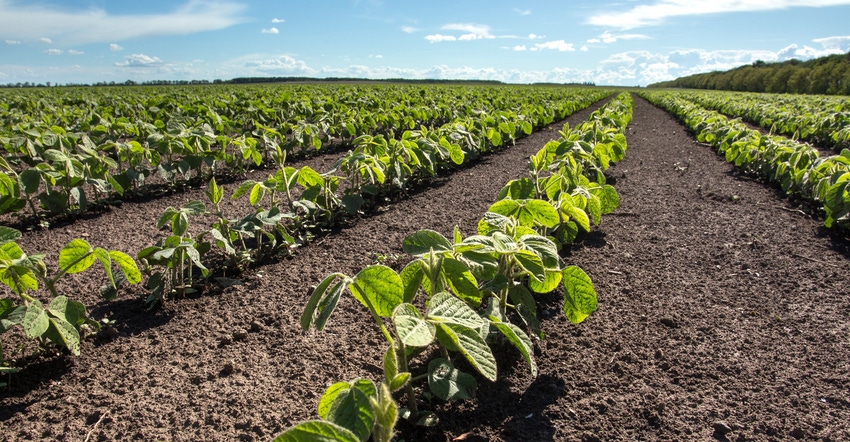February 28, 2020

Seed treatments may help you start the 2020 season strong right out of the gate.
An Iowa State University study revealed that fungicide seed treatments allow growers to plant earlier in the season, when soil may still be cool and damp, to avoid early-season damping-off diseases such as pythium. Seed treatments can also protect against diseases that infect early but don’t show symptoms until much later, like sudden death syndrome. They also protect other unseen threats, such as nematodes.
With soybean planting about to kick off, growers are finalizing their input decisions. One of the biggest choices a grower makes is which soybean seed treatment or treatments to apply. If you don’t know what’s on your seed, you may be sold a product that will lead to planting delays, uneven crop emergence and a potential need to replant. To maximize your return on investment in next year’s crop, consider these key questions:
What is your target disease and insect spectrum? Lower-cost, generic-blend seed treatments may contain outdated technologies that have gaps in activity on certain pests.
Does the seed treatment offer early-season benefits, such as improved vigor and faster speed-to-canopy? Choosing a seed treatment that helps establish a strong plant stand early and accelerates canopy closure helps get the season off to a strong start.
Is the formulation proven to perform under a range of weather and planting conditions? Generic blends may cause additional problems like sticking and increased rub-off during treating and planting if the environmental conditions change or become unfavorable.
Do you know what is in your seed treatment package? Seed treatments are a complex mix of active and inert ingredients. Although they may look the same on the outside, their formulations may be very different. Be sure to ask questions and understand what you are getting; not all seed treatment products are created equal.
The four big seedling diseases we face in Ohio are phytophthora, pythium, Rhizoctonia and Fusarium. There are seed treatments that can provide you protection against all of these diseases.
If this spring turns out similarly to the planting season experienced in 2019; we could start off with cool and wet conditions contributing to soil saturation, allowing pythium and Fusarium to take hold. Then as we move deeper into the spring season, temperatures increase, and so does the incidence of phytophthora and Rhizoctonia becoming more active in the soil.
While we don’t know what weather we will experience for the 2020 planting season, it is best to make plans now, making sure your seed investment is protected. Additionally, the mild and above-normal temperatures we have been facing this winter may lead to an increased amount of early-season insect pressure, making establishment difficult for soybean seedlings.
Clymer is a certified crop adviser and Syngenta retail sales representative. Contact him at 419-306-7529 or [email protected]. LeBeau is a Syngenta agronomy service representative.
You May Also Like




